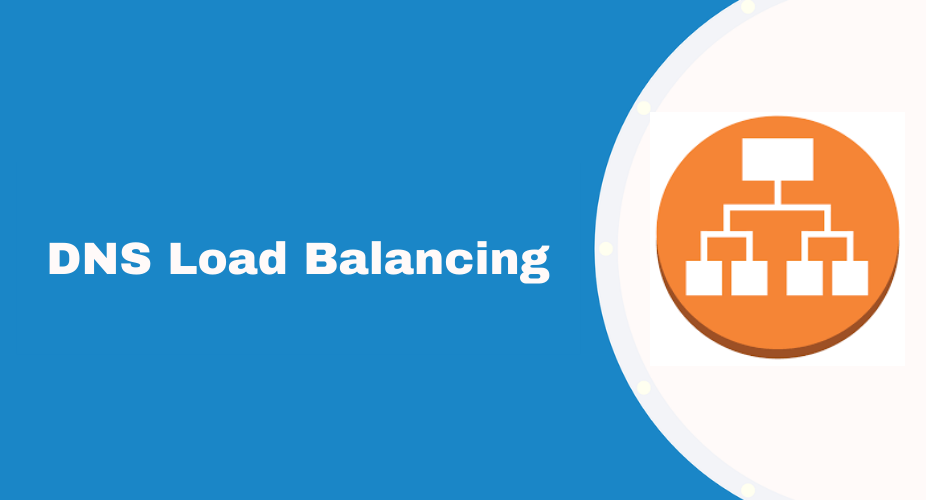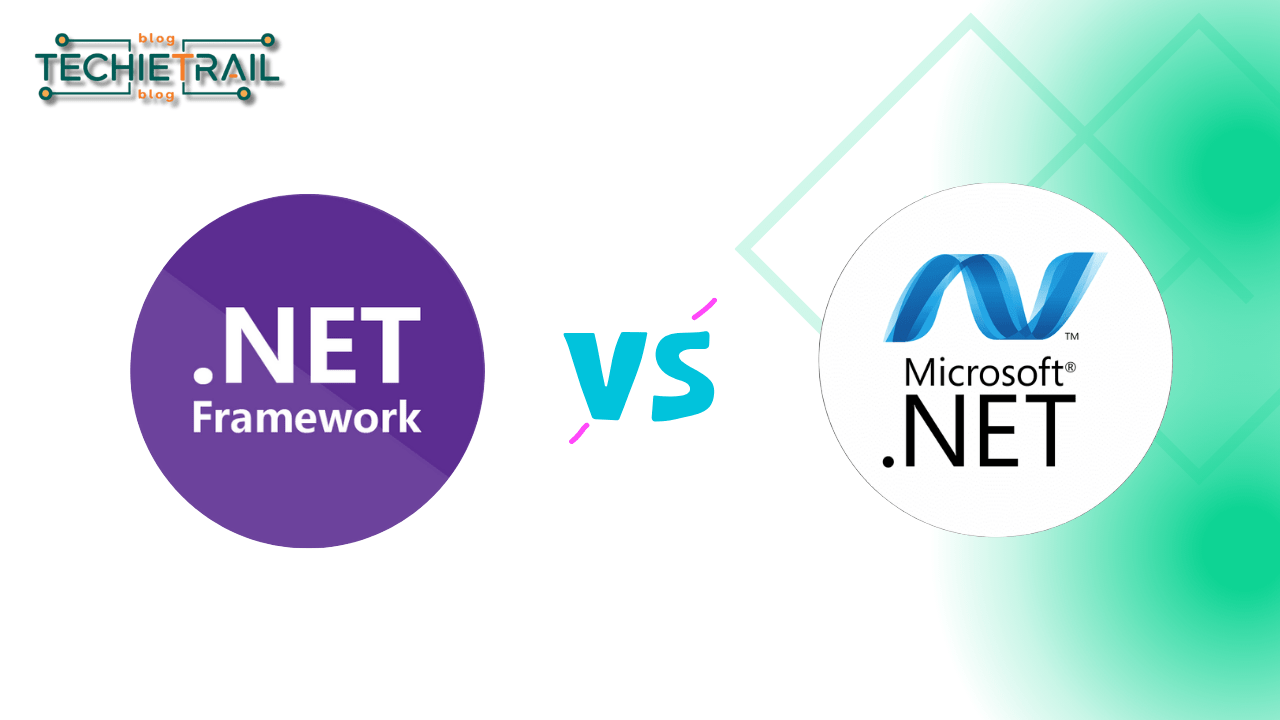Table of Contents
DNS Load Balancing: A Comprehensive Guide to Optimizing Web Traffic
DNS load balancing remains one of the major techniques that allow network traffic to be distributed across several servers in modern web infrastructure. Since enterprise businesses keep scaling up, effective management of their traffic becomes very essential for retaining a seamless user experience. This blog will take you through a step-by-step explanation of DNS load balancing, how it works, and why it is very crucial as far as web performance is concerned.
Introduction
Definition of DNS Load Balancing
The first step in coming to a full understanding of DNS load balancing is to understand DNS. DNS is an acronym for Domain Name System. This is the protocol that is used to translate the human-readable domain names like www.example.com into IP addresses computers can understand and use to communicate with each other.
On the other hand, load balancing is a process that allows distribution of incoming network traffic across multiple servers to avoid overloading of any one server. Putting these two together, DNS load balancing distributes traffic through DNS queries that will forward users to several different servers according to predefined rules.
Importance of DNS Load Balancing in Modern Web Infrastructure
With the increasing need to optimize performance, scalability, and availability on websites, DNS load balancing has been very important over the past years. In today’s connected world-a world where the user base can span any continent-the principle of DNS load balancing ensures quick, effective, and reliable access to websites, applications, and services.
Understanding DNS
The Role of DNS in Internet Functionality
Basically, DNS is the phonebook of the internet. DNS is essentially a system that translates human-friendly or memorable domain names into numerical IP addresses, which are then used by browsers and servers to talk to each other. Without DNS, people would have to memorize strings of numbers to access any website.
- Translation of Domain Names to IP Addresses: Every time a user types a domain into their browser, DNS takes the domain name and maps it to the correct IP address.
- Hierarchical Structure of DNS: DNS follows a hierarchical system that includes root DNS servers, top-level domains (TLDs), and authoritative name servers.
Components of DNS
DNS is based on a few key components to allow its smooth working:
- DNS Servers:
- Authoritative DNS Servers: The actual records of a domain are stored in these.
- Recursive DNS Servers: These are used to query other servers regarding any information that the user requests.
- DNS Records: These include vital types like:
- A Records map the domain names to IPv4 addresses.
- AAAA Records map the domain names to IPv6 addresses.
- CNAME Records serve as aliases for domain names.
How DNS Queries Work
- Query resolution process: When a user requests a domain, his device sends a query to the recursive DNS server, which further keeps searching for the authoritative server.
- Timing and Failure Handling: DNS itself has some mechanisms of timing out and retrying in case queries either fail or take too long to come back, helping maintain reliability.
Basics of Load Balancing
What Is Load Balancing
In the simplest of terms, load balancing is the process of distributing traffic in such a way as not to overload any one server.
- Definition and Purpose: Load balancing increases the efficiency of a system by making it so requests are evenly distributed across multiple servers.
- Types of Load Balancing:
- Hardware Load Balancers: Equipment-based actual devices that deal with traffic management.
- Software Load Balancers: Virtual solutions – often cloud-based.
Benefits of Load Balancing
Scalability: Extra servers can be added easily when demand rises.
More Availability, Higher Redundancy: user access remains intact when one or more servers go down.
Better Performance and Response Time: routing users to a better placed server cuts delays and provides faster access.
The Fundamentals of DNS Load Balancing
Definition and Mechanisms
- DNS Load Balancing Defined: DNS load balancing depends on DNS queries for sending traffic across a cluster of servers, depending on geography, performance, or other metrics.
- Functional Mechanics: Traffic is balanced by returning different IP addresses for the same domain name.
Types of DNS Load Balancing
- Round Robin DNS: This works through a rotation at every request through a list of servers.
- Geolocation-based DNS: This type directs users to servers that are physically close to their location.
- Failover DNS: In case of server failure, it will automatically send traffic to other servers.
- Latency-based DNS: This directs users to the server with the lowest latency to ensure faster responses.
Implementation of DNS Load Balancing
Technical Considerations
- Selection of Correct DNS Provider: A DNS provider should be able to provide advanced load-balancing features.
- Configuration of DNS Records for Load Balancing: The correct configuration of records, such as A, AAAA, and CNAME, is highly important for the proper distribution of traffic.
Effective Strategies of Implementation
- Monitoring and Analysis: Keep a regular check on the levels of traffic, the health of servers, etc., to enable seamless working.
- Testing and Validation: Testing should be comprehensive enough to validate that DNS records are configured properly.
- Integration with existing infrastructure: Make sure that it’s compatible with your existing systems and applications
Best Practices
- TTL Values Appropriately: For setting the optimal values for the TTL, preventing cached DNS records from going stale.
- Regular Updates and Maintenance: Periodical updates will keep your solution safe from problems such as DNS cache poisoning or misconfigured DNS servers.
Use Cases for DNS Load Balancing
High Traffic Websites
Major sites, whether they deal with e-commerce or streaming, have to deal with millions of requests daily, which could only be effectively dealt with through implementing DNS load balancing. Such services would include Netflix and Amazon, implementing DNS load balancing for customer experience and uptime.
Global Applications
Multinational companies use DNS load balancing, which routes users to the closest server, hence controlling the delivery speed and latency for users across different parts of the world.
Disaster Recovery
DNS load balancing also provides an effective role in disaster recovery. When a server goes down, the traffic can be seamlessly shifted to an operational server and the users will not experience any service interruption.
Drawbacks and Limitations of DNS Load Balancing
Possible Disadvantages
- Caching Issues and Cache Poisoning: Improper settings on TTL may result in users getting an old IP address. Cache poisoning is another security issue.
- Dependency on DNS: Being the hub, when DNS goes down, all go down.
Technical Limitations
- TTL Limitation: Time lag in fact brought about by the cache record of DNS impedes or blocks immediate propagation.
- Cannot Handle Session Persistence: It is a limitation of DNS load balancing not being able to handle session persistence naturally or users may be routed to different servers during one session.
DNS Overhead
While generally very effective, there is some overhead in processing DNS queries, and this can slightly affect query response times.
Future Trends in DNS Load Balancing
Advances in DNS Technology
DNS over HTTPS (DoH): This is gaining traction, offering increased privacy and security but with potential implications for DNS load balancing.
Integration with Cloud Infrastructure
DNS load balancing and cloud services, like CDNs, will further create a synergy wherein the process of load balancing becomes more effective and can be scaled up.
AI and Automation
In the days to come, DNS load balancing could well be driven by Artificial Intelligence wherein predictive analytics would drive better traffic management and load distribution.
Conclusion
DNS load balancing is extremely effective in the optimization of traffic distribution for better performance and redundancy. It is also cheaper compared to other methods, especially for those websites that need quick scaling to cater to bursts in incoming loads.
The infrastructure of the web is ever-changing, and DNS load balancing will follow suit in turn. With new technologies such as DNS over HTTPS and the widening use of AI within the technology, DNS load balancing can remain vital as the modern network’s management continues to evolve. Whether for scaling or user experience, DNS load balancing is one of those strategies worth implementing for any given business.



